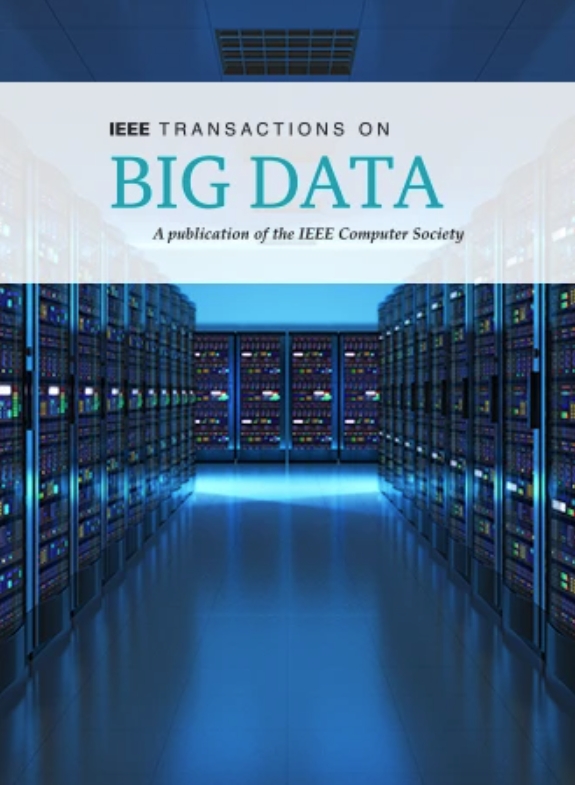AutoBDA约束驱动的复杂性感知数据科学工作流
IF 7.5
3区 计算机科学
Q1 COMPUTER SCIENCE, INFORMATION SYSTEMS
引用次数: 1
摘要
物联网、隐私和技术限制增加了对基于边缘的数据驱动服务的需求,这是工业4.0和社会5.0的主要目标之一。大数据分析(BDA)是释放隐藏知识的首选方法。但是,BDA会消耗过多的资源和时间。这些限制阻碍了BDA的有意义的采用,特别是在时间和情况关键的边缘用例中,并且阻碍了工业4.0和社会5.0的目标。在边缘自动化BDA流程是解决上述问题的一种认知方法。数据科学工作流是成功实现自动化不可或缺的挑战。因此,作为第一个贡献,我们对数据科学工作流平台进行了系统的文献调查。此外,我们了解到BDA工作流依赖于多种约束,并经历了严格的数据挖掘阶段。这导致了BDA工作流的解决方案空间、动态约束、复杂性问题和np -硬度的增加。Graphplan是一种启发式人工智能规划技术,可以解决与BDA工作流相关的问题。因此,作为第二个贡献,我们采用graphplan为基于边缘的BDA自动化生成工作流。实验表明,该方法达到了我们的目的。本文章由计算机程序翻译,如有差异,请以英文原文为准。
Constraint-Driven Complexity-Aware Data Science Workflow for AutoBDA
The Internet of Things, privacy, and technical constraints increase the demand for edge-based data-driven services, which is one of the major goals of Industry 4.0 and Society 5.0. Big data analysis (BDA) is the preferred approach to unleash hidden knowledge. However, BDA consumes excessive resources and time. These limitations hamper the meaningful adoption of BDA, especially the time and situation critical edge use cases, and hinder the goals of Industry 4.0 and Society 5.0. Automating the BDA process at the edge is a cognitive approach to address the aforementioned concerns. Data science workflow is an indispensable challenge for successful automation. Therefore, we conducted a systematic literature survey on data science workflow platforms as the first contribution. Moreover, we learned that the BDA workflow depends on diversified constraints and undergoes rigorous data-mining stages. These caused an increase in the solution space, dynamic constraints, complexity issues, and NP-hardness of BDA workflow. Graphplan is a heuristic AI-planning technique that can address concerns associated with BDA workflow. Therefore, as the second contribution, we adopted the graphplan to generate a workflow for edge-based BDA automation. Experiments demonstrate that the proposed method achieved our objectives.
求助全文
通过发布文献求助,成功后即可免费获取论文全文。
去求助
来源期刊

IEEE Transactions on Big Data
Multiple-
CiteScore
11.80
自引率
2.80%
发文量
114
期刊介绍:
The IEEE Transactions on Big Data publishes peer-reviewed articles focusing on big data. These articles present innovative research ideas and application results across disciplines, including novel theories, algorithms, and applications. Research areas cover a wide range, such as big data analytics, visualization, curation, management, semantics, infrastructure, standards, performance analysis, intelligence extraction, scientific discovery, security, privacy, and legal issues specific to big data. The journal also prioritizes applications of big data in fields generating massive datasets.
 求助内容:
求助内容: 应助结果提醒方式:
应助结果提醒方式:


